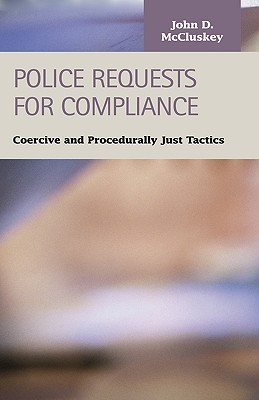
- We will send in 10–14 business days.
- Author: John D McCluskey
- Publisher: LFB Scholarly Publishing
- ISBN-10: 1931202613
- ISBN-13: 9781931202619
- Format: 14 x 21.6 x 1.6 cm, kieti viršeliai
- Language: English
- SAVE -10% with code: EXTRA
Reviews
Description
Kaminski seeks to explain murders of police in 190 cities and four time periods (1987, 1990, 1993, and 1996). His hypotheses are that differences in levels of officer exposure (e.g., arrests) and physical and social guardianship (e.g., mandatory vest-wear policies; proportion of one- vs. two-officer patrol units) influence opportunities for homicides after the effects of proximity to motivated offenders are accounted for (i.e., criminogenic conditions and field officer density). Social and physical guardianship are not significant factors. Homicides of police are primarily a function of exposure and proximity to motivated offenders. In addition, police departments employing more female officers and those located in the south experience more homicides. The results indicate that murders of police are largely determined by criminogenic structural conditions, arrest activity, and the number officers deployed in the field.
EXTRA 10 % discount with code: EXTRA
The promotion ends in 22d.01:41:12
The discount code is valid when purchasing from 10 €. Discounts do not stack.
- Author: John D McCluskey
- Publisher: LFB Scholarly Publishing
- ISBN-10: 1931202613
- ISBN-13: 9781931202619
- Format: 14 x 21.6 x 1.6 cm, kieti viršeliai
- Language: English English
Kaminski seeks to explain murders of police in 190 cities and four time periods (1987, 1990, 1993, and 1996). His hypotheses are that differences in levels of officer exposure (e.g., arrests) and physical and social guardianship (e.g., mandatory vest-wear policies; proportion of one- vs. two-officer patrol units) influence opportunities for homicides after the effects of proximity to motivated offenders are accounted for (i.e., criminogenic conditions and field officer density). Social and physical guardianship are not significant factors. Homicides of police are primarily a function of exposure and proximity to motivated offenders. In addition, police departments employing more female officers and those located in the south experience more homicides. The results indicate that murders of police are largely determined by criminogenic structural conditions, arrest activity, and the number officers deployed in the field.


Reviews